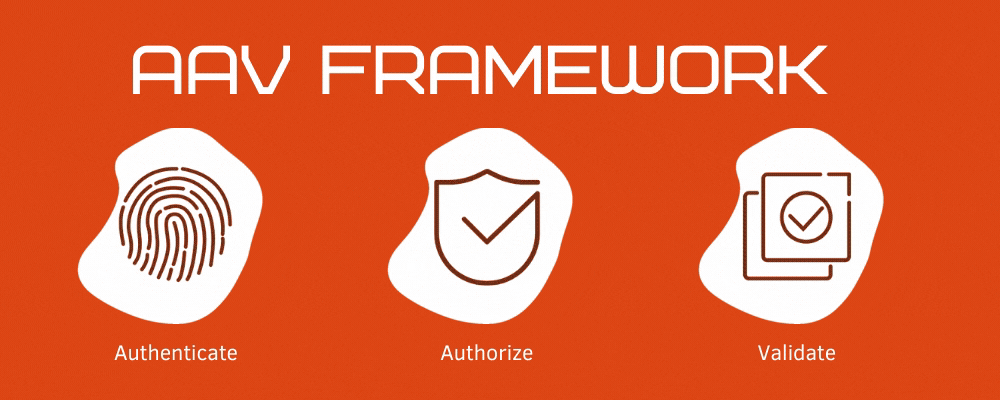Apps in Education

In our recent article, we looked at the question of whether or not an increasingly saturated application market is leading towards an application ‘crash’. There is a strong argument to be made that developing for niche markets is the way forward if companies and developers are to be successful.
The rapidly decreasing costs of technology has meant that a larger number of educational institutions are investing in application based technology. With a particular focus on tablet computers and touch-control technology.
The reasons for this are twofold. Firstly; touch screen interfaces are by definition a visual medium and therefore lend themselves to simpler pictorial recognition, where complex linguistic understanding has not yet formed, or been able to form. As such, even children working at the lowest level are able to have their learning enhanced through technology. Applications which are built around the recognition of like for like images i.e. matching shapes; allow educators to use technology to provide much targeted tasks and assessments.
Secondly; a touchscreen interface is ideal for building the vital motor skills which form a fundamental building block of any child’s learning. Whereas writing with an pen and paper, or using the standard mouse and keyboard layout, requires of a child not only a high level of control and dexterity but also a level of hand-eye co-ordination that is simply far too advanced for those working at the lowest levels.
A touchscreen interface where the child is able is make logical connections between what they touch which their hands and what happens on screen, means that they can learn and develop skills and understanding which otherwise would be far beyond them.
Where then, does this leave developers and innovators of technology and software? It is all well and good to point out the how and why technology can be such a positive force for education but without a greater understanding of the precise needs and requirements of the end-users, educational apps serve no purpose whatsoever.
If you feel then, that developing applications for the education sector is something you feel you would be able to do, and be successful at, your first port of call should be educators themselves.
The potential for educational apps is vast, but the range of different levels of learning as well as learning and teaching styles, is even greater. Developing an application for education should therefore be a focused and targeted project. The most successful educational apps, at least financially speaking, are those which have been developed by commission from an educational body who agree a set amount to be paid for the product at the end of the development process.
Although creating bespoke applications can sometimes mean that the marketability of an app is initially limited – by both relevance and exclusivity clauses – a well-designed, well-built application can come to turn a very significant profit.
Where teaching styles, curriculum and markers for assessment shift, the fundamentals of learning remain largely unchanged.
It is therefore not unrealistic, to suggest that the best educational apps of today, could well have a long and profitable life ahead.
Image Credits: © Maksym Yemelyanov - Fotolia.com



